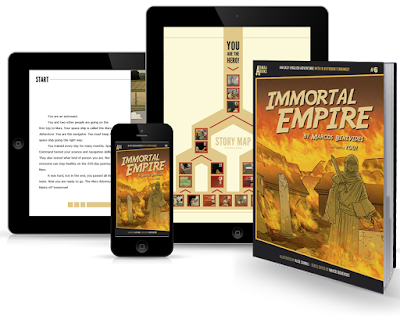English Academic Writing - The Academic Word List II
What is the Academic Word List?
The AWL is a list of words which appear with high frequency in English-language academic texts. The list was compiled by Averil Coxhead at the Victoria University of Wellington, New Zealand.
The list contains 570 word families and is divided into 10 sublists. Sublist 1 consists of the 60 most common words in the AWL. Sublist 2 contains the next most frequently used words and so on. Each sublist contains 60 word families, except for sublist 10, which contains 30.
To find these words, an analysis was done of academic journals, textbooks, course workbooks, lab manuals, and course notes.
The list was compiled following an analysis of over 3,500,000 words of text.
The list was compiled following an analysis of over 3,500,000 words of text.
The words selected for the AWL are words which occur frequently in a range of academic subjects, including the Arts (including history, psychology, sociology, etc.), Commerce (including economics, marketing, management, etc.), Law and the Sciences (including biology, computer science, mathematics, etc.). This means that the AWL is useful to all second-language learners who wish to study in an English-speaking institution no matter what their field of study. The AWL does not, however, include technical words which are specific to a given field. Nor does it contain words which are of general use and very high frequency.
Why should I learn it?
You will need to know this academic vocabulary if you want to study in an English-speaking college or university. In fact, because these words are so common, they are even useful to those who do not plan to go on to post-secondary study in English. These are words that you will frequently see in newspapers, magazines, and novels, and hear on television, movies or in conversation.
If you know the General Service List, or GSL, which is considered to contain the 2,000 most important words in basic English, and then learn the AWL, your understanding of the vocabulary found in academic texts will increase by 10%. This is important, because research shows that "if, instead of learning the Academic Word List, the learner had moved on to the third 1,000 most frequent words, instead of an additional 10% coverage there would only have been 4.3% extra coverage."
Nation, P. (2001). Learning Vocabulary in Another Language. Cambridge: Cambridge University Press
Nation, P. (2001). Learning Vocabulary in Another Language. Cambridge: Cambridge University Press
Sub list 1: List of Words
analyze
approach
area
assess
assume
authority
available
benefit
concept
consist
approach
area
assess
assume
authority
available
benefit
concept
consist
constitute
context
contract
create
data
define
derive
distribute
economy
environment
context
contract
create
data
define
derive
distribute
economy
environment
establish
estimate
evident
export
factor
finance
formula
function
identify
income
estimate
evident
export
factor
finance
formula
function
identify
income
indicate
involve
issue
labour
legal
legislate
major
method
individual
interpretinvolve
issue
labour
legal
legislate
major
method
occur
percent
period
policy
principle
proceed
process
require
research
respond
percent
period
policy
principle
proceed
process
require
research
respond
role
section
sector
significant
similar
source
specific
structure
theory
vary
section
sector
significant
similar
source
specific
structure
theory
vary

Comments
Post a Comment